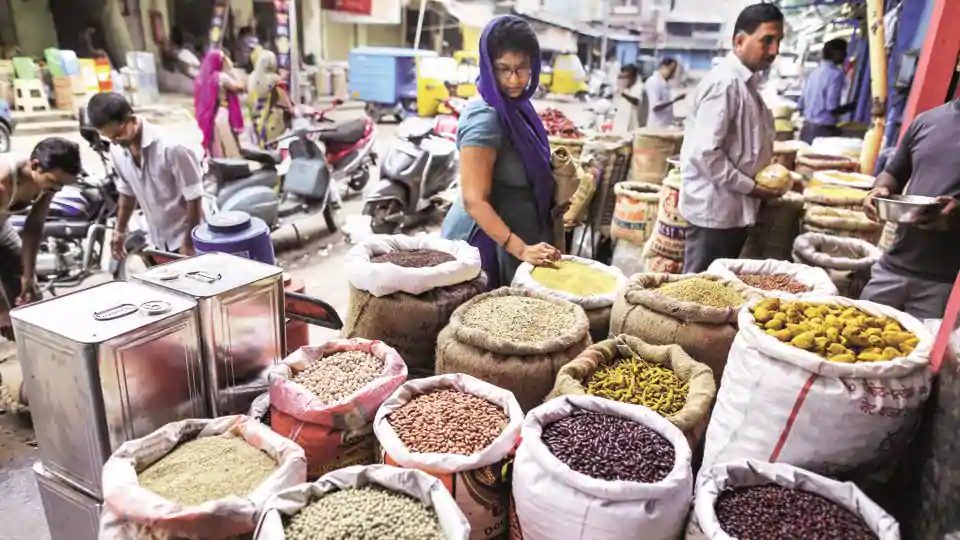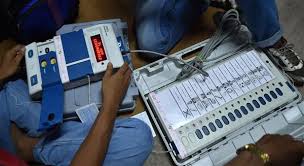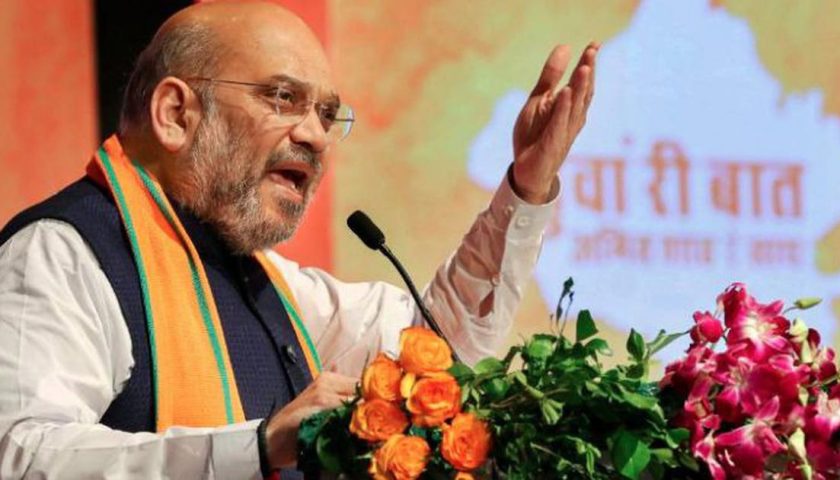Inflation is back on the economic agenda. The annual growth in wholesale price index (WPI) in the quarter ending September 2018 was 4.98%.
This is the highest since September 2014, which was the first full quarter after the current government assumed office. To be sure, the Consumer Price Index (CPI) grew at 3.88% in this period, after having grown at more than 4% in the last three quarters.
Both CPI and WPI have been rising
The political context is important here. Inflation was rising at a fast pace — CPI was growing in double digits — before the 2014 general elections. The current trajectory of crude oil prices and rupee’s exchange rate vis-à-vis the dollar, both of which affect inflation, is also similar to the pre-2014 trajectory.
Rising inflation under the United Progressive Alliance (UPA) II came on the back of high food prices; this has not been the case under the present government. Chart 2 shows the annual growth in food and non-food component of the CPI and the primary food articles component of the WPI.
Until March 2014, both CPI-Food and WPI-primary food article components were growing at a faster pace than the non-food component of the CPI.
Its growth has been falling at a faster pace than that of the CPI-food component in the recent period.
UPA II inflation was driven by food prices

This trend has important political economy implications. A relatively slower growth in food prices, especially in farm products means a worsening of terms of trade for farmers.
This corroborates the narrative of rural distress under the present government.
But it also means that net buyers of food grains, even if they are not so well-off, are not hit hard by inflation. Exorbitant prices of pulses and vegetables were an important part of the economic narrative in the last phase of the UPA-II government. This is not the case right now.
Successive rounds of the Mood of the Nation survey conducted by Delhi based Centre for the Study of Developing Societies-Lokniti show a marked difference in changing levels of support for the Bharatiya Janata Party (BJP) led National Democratic Alliance (NDA) in villages and big cities.
Support for the NDA went down by nine percentage points between May 2017 and May 2018 in villages, while it increased by two percentage points in the big cities. Things could have been different had the urban poor been hit hard by rising food prices.

So, is keeping food inflation in control a political masterstroke by the present government? Another set of statistics could help put this question in context. A 2014 paper by Rahul Verma and Sanjay Kumar compared the gains in BJP’s vote share and seats in rural, semi-urban and urban areas between the 2009 and 2014 elections. The biggest increase in vote share for the BJP was in urban areas, where it increased by more than 14 percentage points, almost two percentage points more than the increase in rural areas.
Keeping food prices low may benefit the BJP as far as urban seats are concerned.






